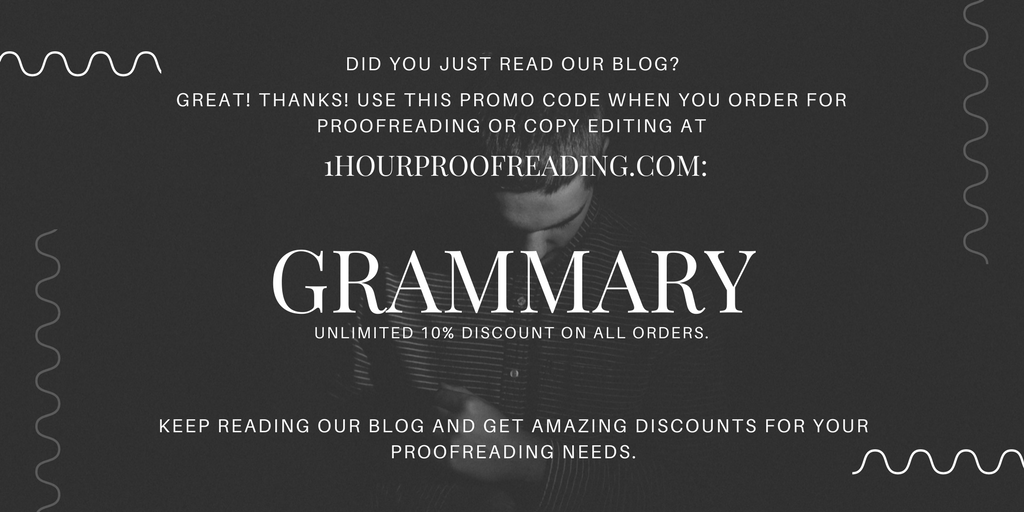The Little Prince: A Review
Posted on Oct 03, 2016
Antoine de Saint-Exupéry’s 1943 novella The Little Prince is one of the most translated books in the world, having been translated in over 250 languages and selling nearly two million copies each year. It has been adapted into numerous art forms through the years, from radio broadcasts to stage performances to operatic and ballet versions. A Japanese animated version was also made for the story in the 1970s (titled Hoshi no Ouji-sama Petit Prince or The Adventures of the Little Prince, consisting of 39 episodes), which had since then been dubbed in several languages, including French, Arabic, Italian, and German.

Regardless of the many existing adaptations, The Little Prince still proves to be a massive undertaking to artistic methods. In an interview with New York Magazine, Mark Osborne, the director of the new animated film version that premiered on Netflix on August 5, even went so far as to say that the novella was “not movie-shaped at all.” It is true—St. Exupéry’s most loved work thrives on its multilayered plot and its insistence to thrive on the whimsical notions favored by children instead of on the realistic sobriety adults learn to take.
Despite this, Osborne’s version did not lack in imagination. The film has received positive reviews, and it was awarded as the best animated feature film in the 2016 César Awards.
Though the movie bearing the literary classic’s name is, in fact, not a retelling of the Little Prince’s story but is rather its reframing, through a new character called the Little Girl, there is still a tone of wonder in its storytelling.
The novella’s storyline is in the background instead of the foreground, barely accounting for a third of the 108-minute-long film. The rest take up the Little Girl’s story—she is under pressure from her workaholic and ambitious mother, who wants her to enroll at a prestigious private school. The Young Girl, who has a pile of homework to go through, becomes intrigued by the eccentric old man living close by. The old man is rebuilding a plane, and he is revealed to be the Aviator who was the narrator of St. Exupéry’s story; he gives the Little Girl his memoir recounting his crash landing in the Sahara and his encounter with the Little Prince.
There is also the part when we finally learn what became of the Little Prince as the Little Girl herself embarked on a journey to find him and complete the Aviator’s story. A certain bittersweet poignancy felt for the original bleeds into this modern-day retelling, a tender reminder of human nature and of the inevitability of “growing up.”
Standard CGI was used for the present narrative, with stop-motion animation for the parts where the Aviator told the Little Girl of the Little Prince’s story. The vocal cast was excellent, with talents including MacKenzie Foy (the Little Girl), Rachel McAdams (the Mother), Jeff Bridges (the Aviator), Marion Cotillard (the Rose), James Franco (the Fox), Benicio del Toro (the Snake), Paul Giamatti (the Academy Teacher), Albert Brooks (the Businessman), and Paul Rudd (Mr. Prince, the grown-up version of the Little Prince). It was stunningly animated, the gorgeous visuals a treat to children who are introduced to the Little Prince for the first time and to the adults who are reliving its fanciful world.
Disclaimer: Image is not ours. Credit to the owner.
About 1-Hour Proofreading
1-Hour Proofreading is a growing start-up offering fast and efficient editing services at a reasonable price with the assurance that the document is publication-ready the soonest you need it. Its team of highly competent professional editors is committed to helping those in need of quality editing services while facing tough deadlines.
Visit 1hourproofreading.com for more details.
Follow us:
Back to Grammary



